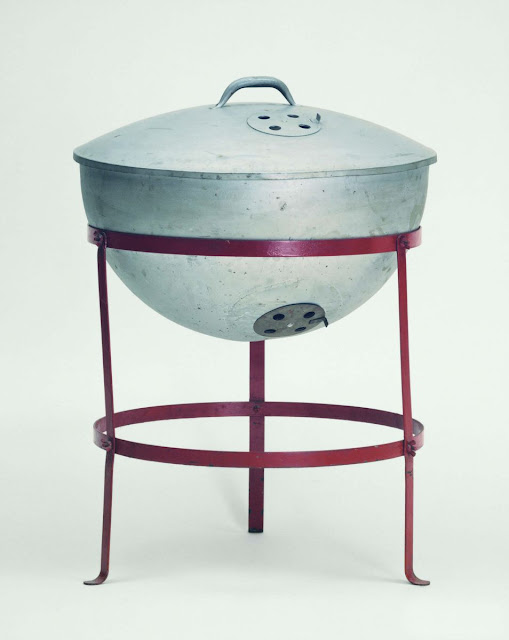Thawing Meat
How to defrost meat safely.
From the website that is an encyclopedia on outdoor cooking: Amazing Ribs:
From the website that is an encyclopedia on outdoor cooking: Amazing Ribs:
Fresh meat is almost always better than frozen meat because when meat freezes the water crystals expand and puncture cell walls spilling out the juices that keep meat tender and juicy. Ever notice the pink liquid in the bottom of the bag when you defrost meat? Called "purge" there's no way to get it back in. That said, meat frozen when fresh is usually better than meat that was frozen after sitting around for a week or so.The idea is to warm frozen meat but not leave it in the "danger zone" of 41°F to 135°F in which bacteria multiply rapidly. You can do this slowly in the fridge, but water is a better conductor of heat, so putting the meat in a water bath will defrost it faster, especially if it has been shrinkwrapped so the water has no air between it and the meat. If the food has been swaddled in layers of freezer paper or foil, remove this extra insulation, put it in a zipper bag and squeeze out the air. Here are some safe methods, and, are you ready for another mythbusting, you can defrost in hot water! But never thaw meat at room temp. That is a recipe for fluid loss via all your apertures.1) Refrigerator thawing. This is the easiest method. Leave the meat in the fridge in its packaging in a pan deep enough to catch drips. Allow one day for every four pounds, so if you have a 20 pound turkey to cook on Thursday, you need to start thawing it on Sunday.2) Cold water bath. Fill the sink or a pot big enough to hold the meat with cold water. Put the meat in a watertight plastic zipper bag. Leave the bag unzipped at first, and slowly submerge it keeping the zipper above water. The water pressure will push out all the air. Then zip it up tight. Leave it in cold water, and hold it under with a plate if necessary. Change the water every 30 minutes to make sure the meat is kept cold. Stir it occasionally to break up the envelope of cold water surrounding the meat. Allow 30 minutes per pound, so if you have a 20 pound turkey, you will need 10 hours, so make sure to set the alarm for early Thursday morning!3) Very cold water bath. This method produces the least amount of "purge" or loss of fluid. Place the meat in an airless zipper bag in a plastic insulated cooler. Cover with cold water. After an hour add a quart of ice and add ice as needed, perhaps every hour, in order to keep the temp under 40°F.4) Hot water bath (for thin cuts only). A USDA sponsored research project published in mid 2011 showed that you can thaw a 1" thick steak in a 102°F water in 11 minutes and the meat moves rapidly through the "danger zone" within which microbes like to grow if you remove it promptly after it has thawed. Their tests also showed less liquid loss than the traditional thawing methods, above. If you want to try this at home, use hot water, lots of it to absorb the cold, weight it under with a plate, stir it occasionally because the meat will create an envelope of cold water around itself, and set a timer so you don't leave it in hot water too long. Thawing times will vary depending on the thickness of the meat and the actual heat of the water. This technique is best for steaks, chops, and chicken parts, but it will not work on thick cuts like roasts, pork butt, brisket, or turkey because the exterior will stay in the danger zone too long.

